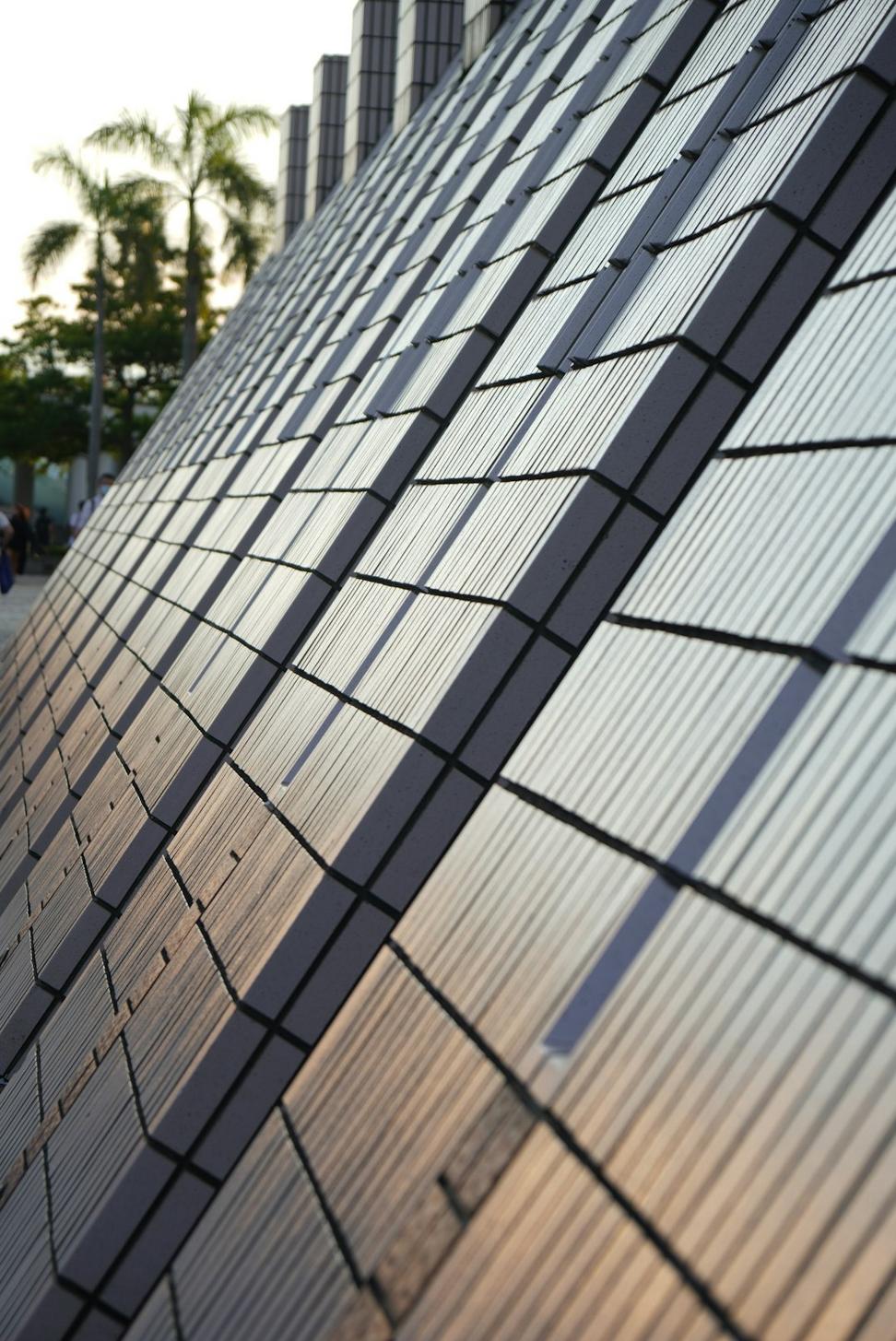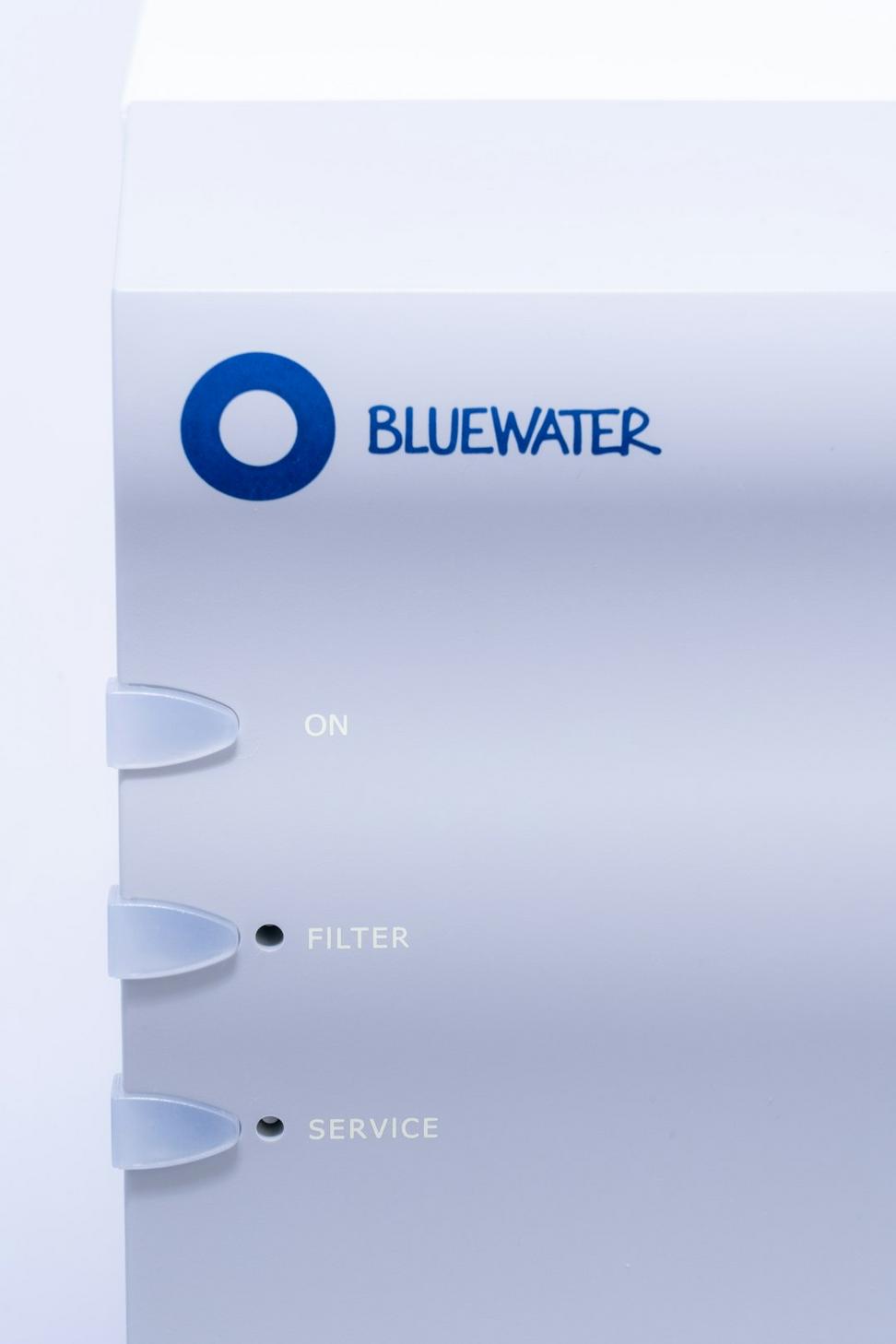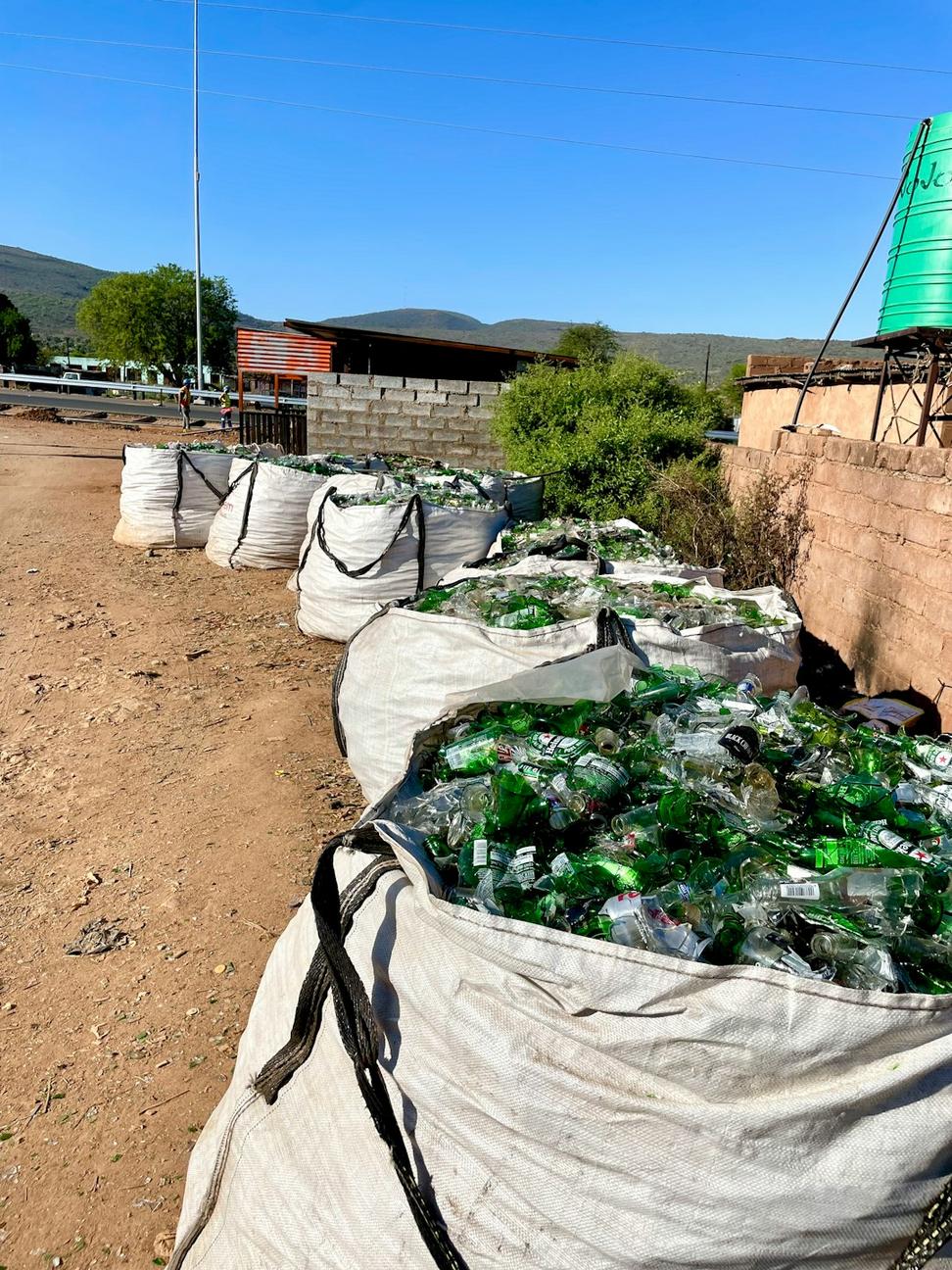
Energy: It's All About the Sun
We're kinda obsessed with passive solar design – positioning buildings so they naturally warm up in winter and stay cool in summer. Simple physics, massive impact.
Then there's the active stuff: solar arrays, geothermal systems, high-efficiency HVAC that actually talks to the weather forecast. Sounds sci-fi, but it's standard practice for us now.

